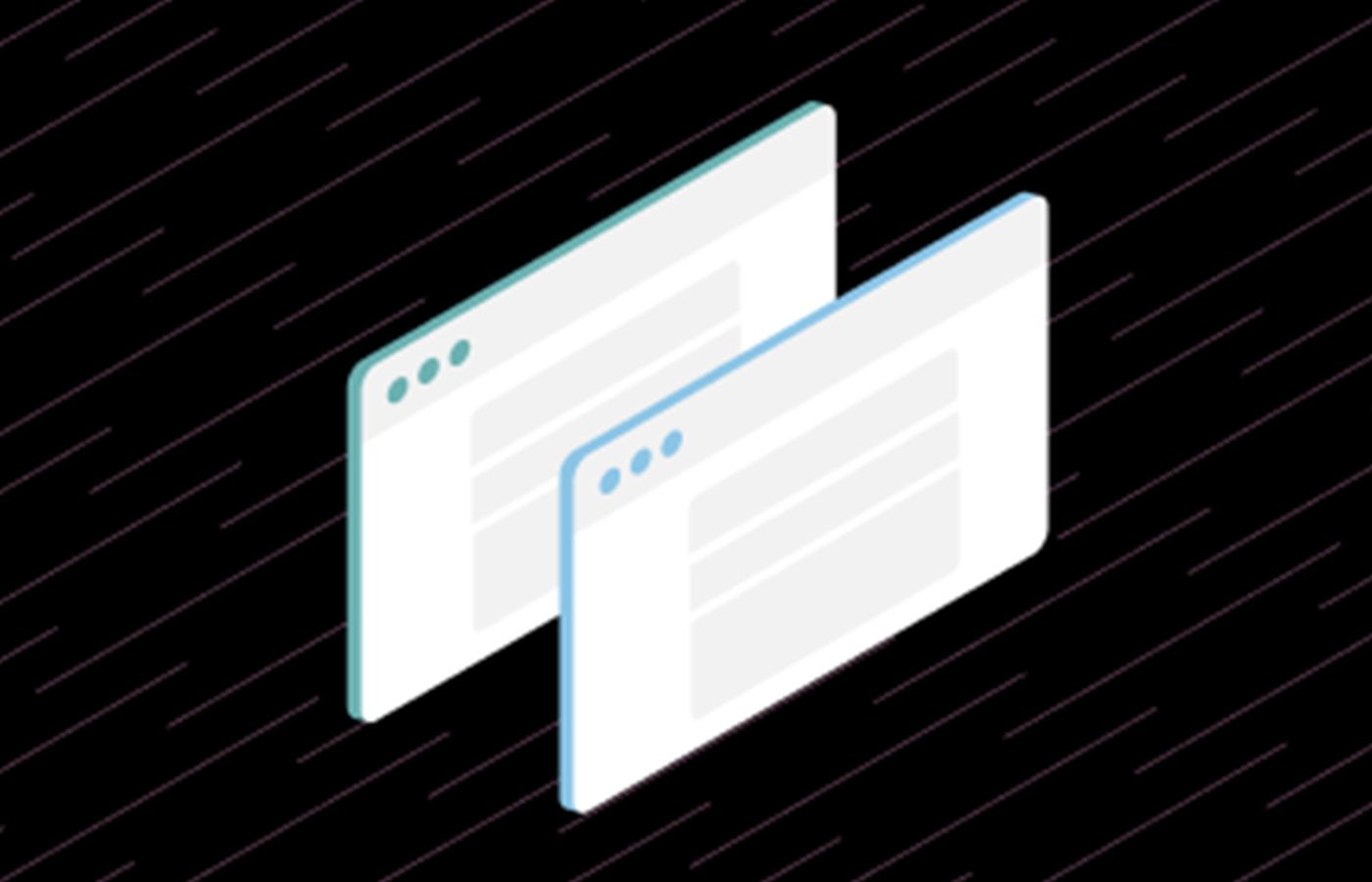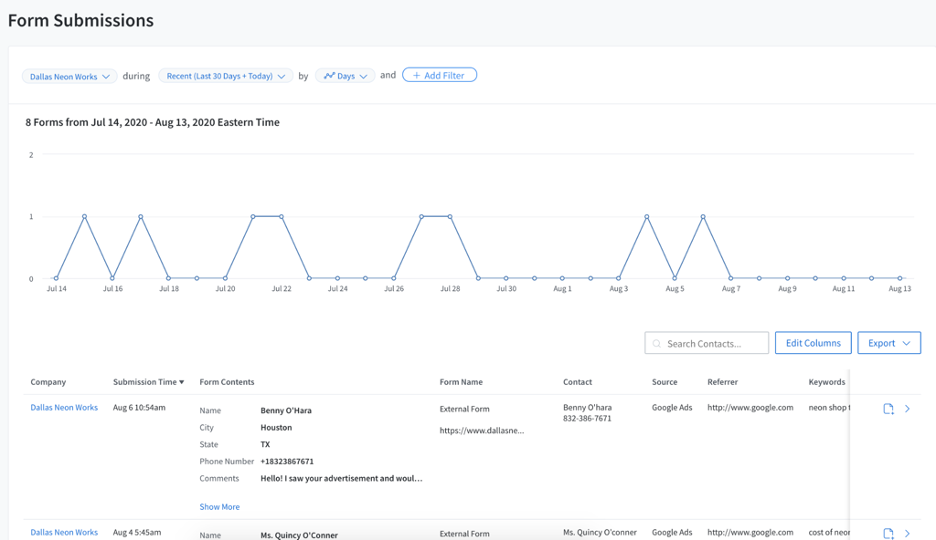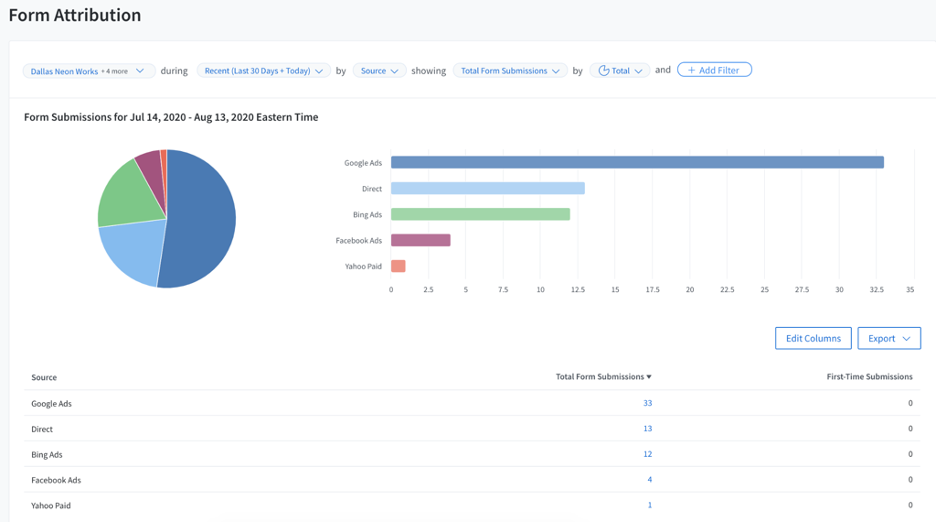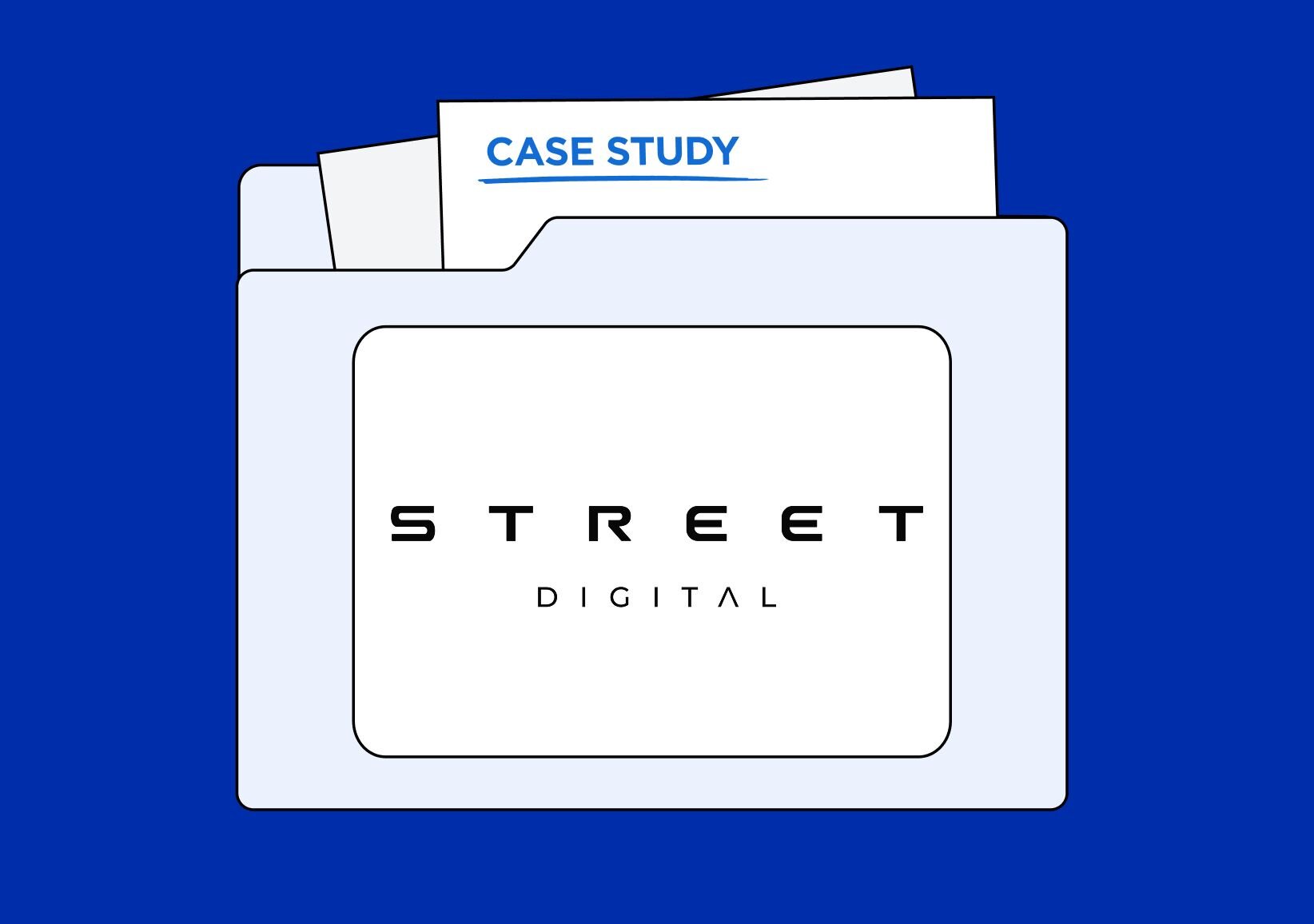Today’s marketers are fighting daily, repetitive battles and seem to be perpetually stuck between increasing lead volume and decreasing marketing spend — a proverbial rock and hard place. In almost all cases, they’re fighting these battles blind, making assumptions as to which campaigns are driving leads, more importantly, qualified leads and ultimately revenue.
However, one thing a lot of marketers don’t know is that with a very accessible piece of technology, this is no longer a battle but a fast track to marketing excellence.
Form Tracking from CallRail is an amazing addition to Call Tracking that paints the complete story of a customer’s journey, giving a much more thorough understanding of marketing campaign performance and ROI. However, one question that always gets asked is, “Why track forms in CallRail if I’m already sending data to Google Analytics?”
The short answer is Form Tracking can actually make Google Analytics much more powerful and vise-versa. Form Tracking can track, qualify, and report on form submissions by tags, qualified status, first-time contact, among many others. This helps drill down into the sources that are driving the most valuable leads, as opposed to which sources are driving the highest volume of submissions in Google Analytics.
With the Google Analytics integration, all of the attribution information and interaction history is available in the exact same platform that is being used to follow up with leads. With this information readily available, more relevant and timely responses can be sent which will further increase the likelihood of converting leads into revenue.
Another key benefit that is often overlooked is the ability to track leads who reached out through multiple avenues and different times. Google Analytics can only show these as separate events, but Form Tracking can tie all of these disparate interactions together and tell a vivid story of a particular customer’s journey to a business.
Beyond the powerful Google Analytics integration, Form Tracking from CallRail can send a notification on any medium to alert of new form submissions. This means the business owner currently sitting in a client consultation or on the job site doesn’t have to be glued to their phone in order to know a new lead has come in.
Furthermore, Form Tracking can send an automated message, ensuring that the inquiry doesn’t get lost in the shuffle and the prospect isn’t playing a waiting game or, even worse, moving on to a competitor.
So as you can see, Form Tracking can not only add value as a standalone solution, it can actually build on the insights that Google Analytics provides and help build a much more thorough story of a customer’s journey. Start your 14-day free trial of Form Tracking today.













